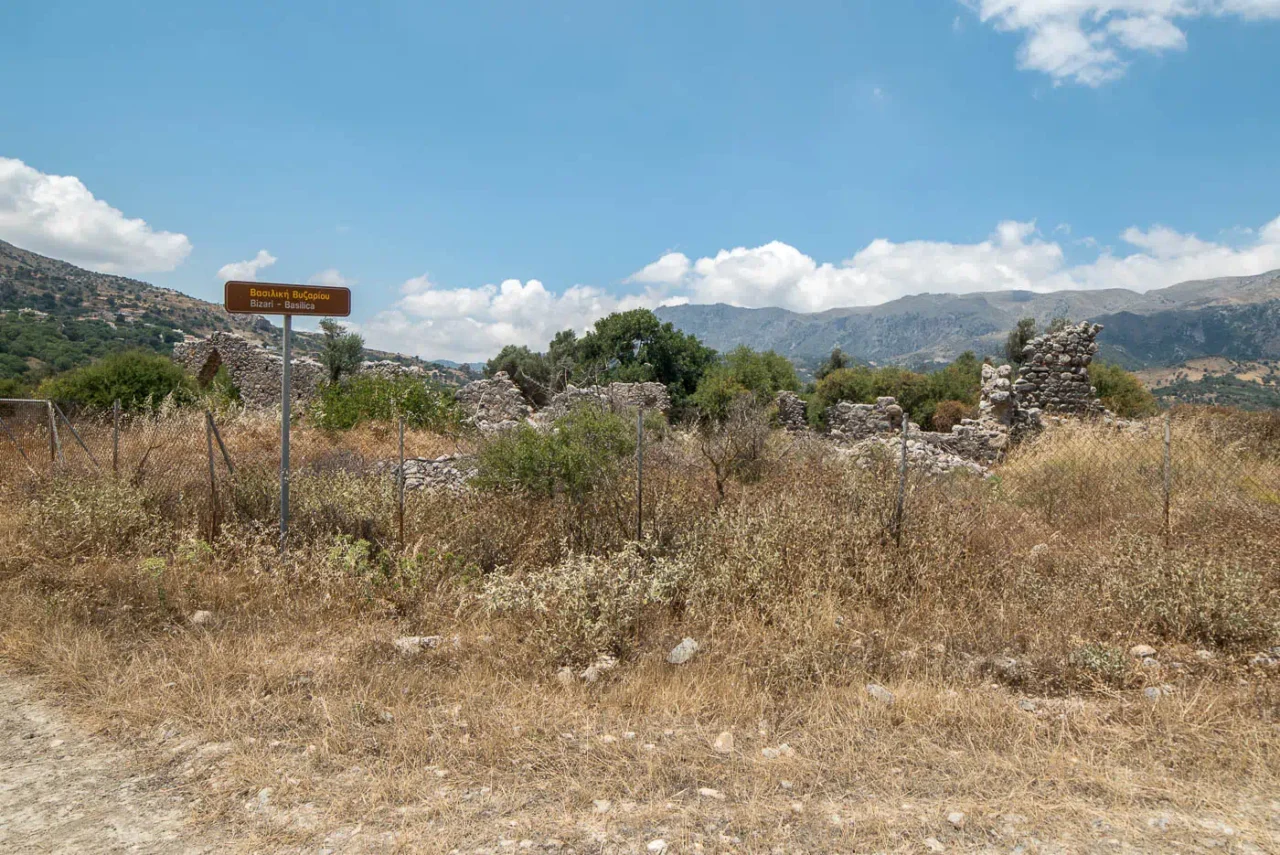
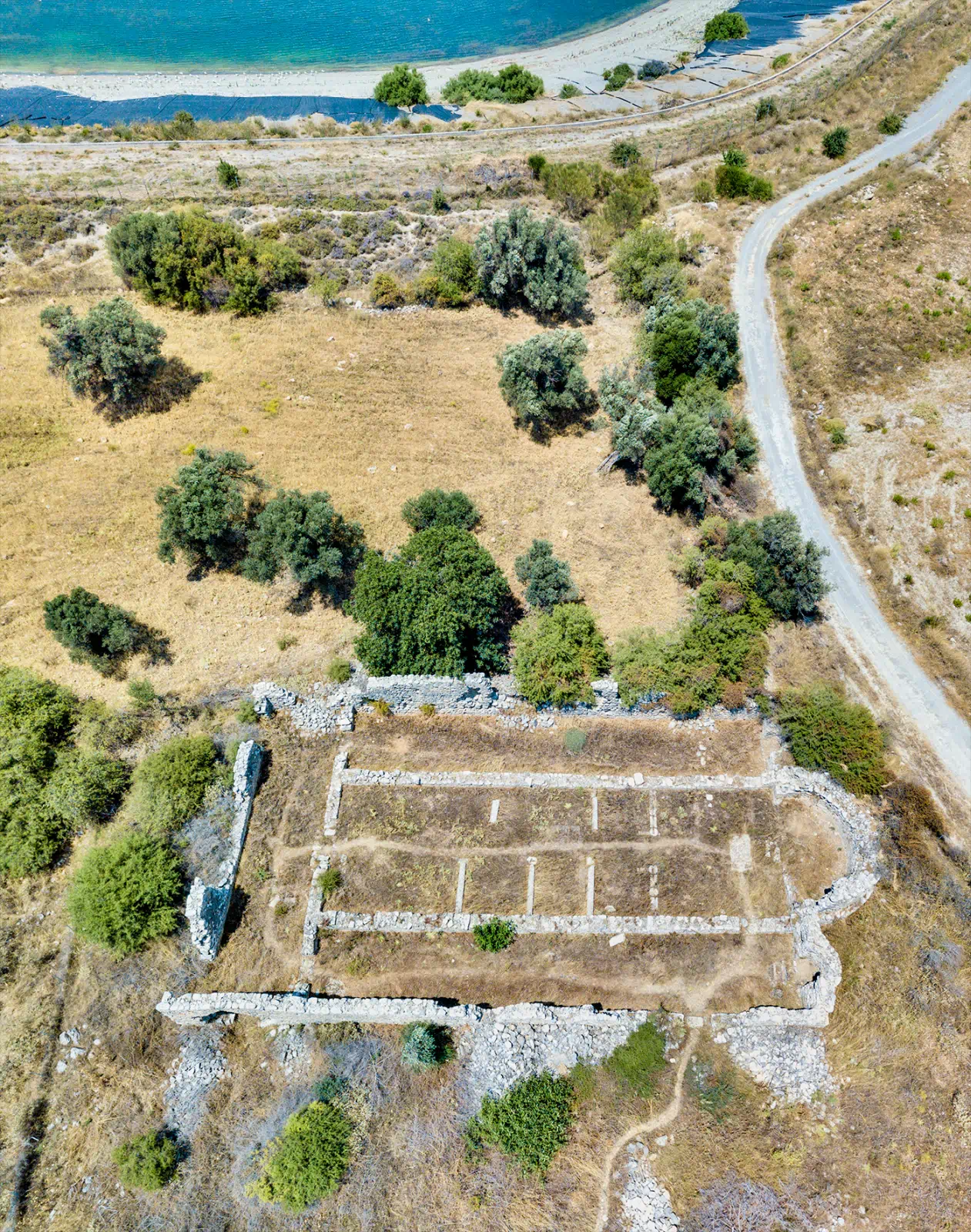
The Early Christian Basilica of Rimokklisia in Vyzari: A Testament to Crete’s Ancient Faith
Construction Period: 6th century AD, with modifications in the 8th or 9th century.
Location: In the “Ellenika” or “Lenika” area, just outside the village of Vyzari in the Amari region, Rethymno, Crete.
Dimensions: A large three-aisled basilica measuring 34 meters by 17.3 meters, with a narthex on the west side and three semi-circular apses on the east.
Historical Significance:
- One of the most important archaeological sites from the Roman era in western Crete.
- Believed to have been dedicated to the Virgin Mary, Saint Vlasios, and Saint Theodore.
- Possibly served as the cathedral of the Sybritos Diocese during the decline of Sybritos in the 7th-9th centuries.
- Excavations have revealed various artifacts, including fragments of Ionic and Corinthian capitals, columns, pottery, lamps, and Byzantine and Arab coins.
- The site provides valuable insights into early Christian architecture and religious practices in Crete.
Current Status:
- The basilica is in a state of ruin, but its remains are still visible and accessible to visitors.
- The site is not actively protected or fenced off, making it vulnerable to damage and theft.
- Despite its neglected state, the site remains an important cultural and historical landmark in the Amari region.
Rimokklisia: A Window into Crete’s Early Christian Past
Known locally as “Rimokklisia,” the Early Christian Basilica of Vyzari stands as a silent witness to Crete’s ancient Christian heritage. Located in a picturesque olive grove just outside the village, this once-magnificent basilica offers a glimpse into the island’s rich religious and cultural past.
The basilica’s impressive size and architectural features attest to its importance as a center of worship and community life during the early Christian period. The three aisles, separated by rows of columns, would have provided ample space for worshippers, while the three apses on the eastern side would have housed the altar and other sacred spaces.
The basilica’s construction dates back to the 6th century AD, but it underwent modifications in the 8th or 9th century, possibly to accommodate the growing Christian community in the region. It is believed to have served as the cathedral of the Sybritos Diocese during the decline of Sybritos, highlighting its significance in the religious landscape of Crete.
Excavations at the site have unearthed a wealth of artifacts, including fragments of columns, pottery, lamps, and coins, providing valuable insights into the daily life and religious practices of the people who once worshipped here. The presence of Byzantine and Arab coins suggests that the basilica remained in use for several centuries, witnessing the island’s transition from Byzantine to Arab rule.
Despite its historical and archaeological importance, the basilica is currently in a state of neglect. Its ruins are exposed to the elements, and there are concerns about potential damage and theft. However, efforts are underway to raise awareness of the site’s significance and advocate for its preservation.
A visit to Rimokklisia is a journey back in time, a chance to explore the remnants of an ancient basilica and connect with Crete’s early Christian heritage. The site’s peaceful setting, surrounded by olive trees, adds to its allure, creating a serene and contemplative atmosphere. While the basilica may be in ruins, its historical and spiritual significance remains intact, making it a worthwhile destination for anyone interested in exploring Crete’s rich and diverse past.













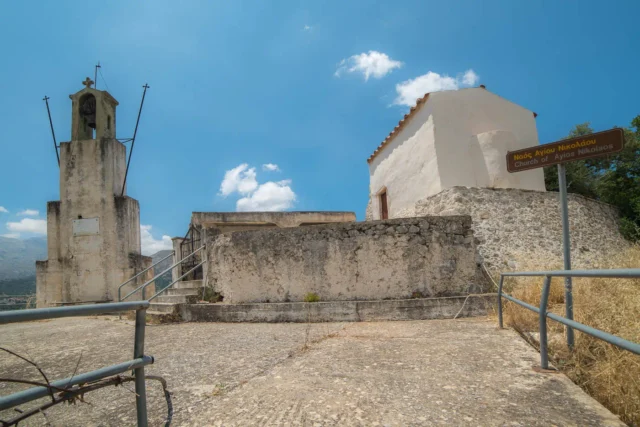



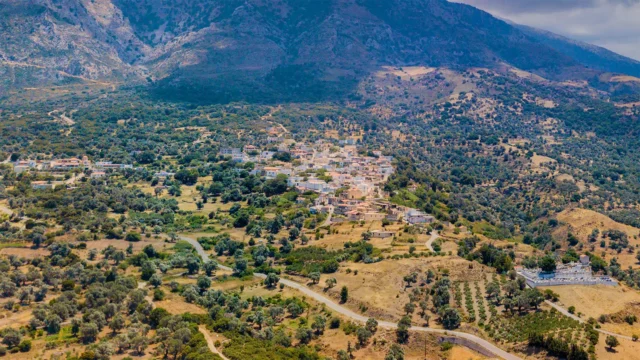
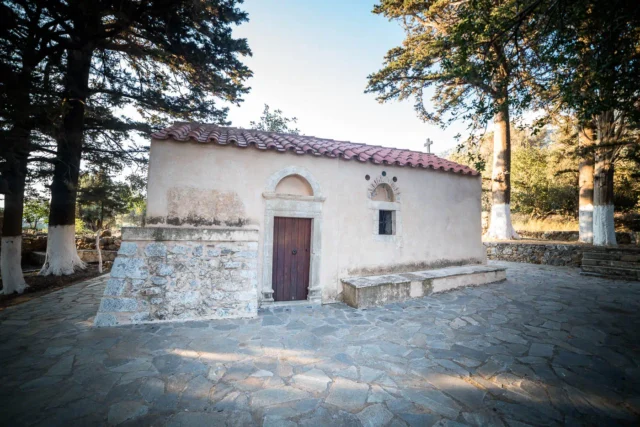
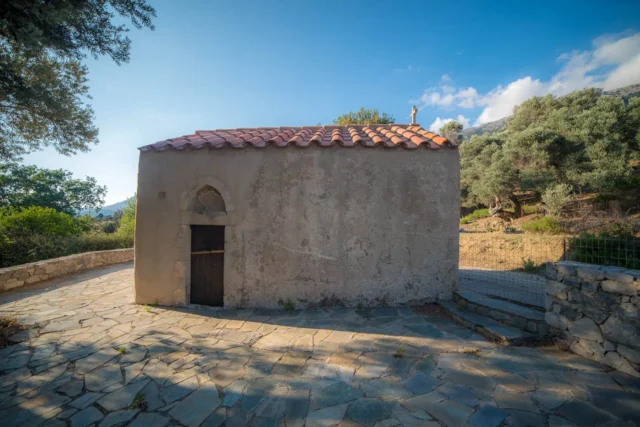

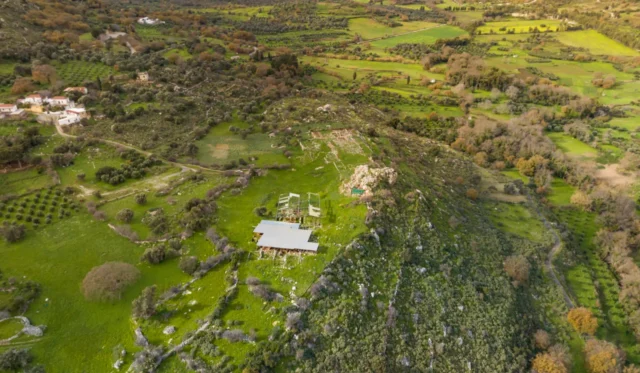
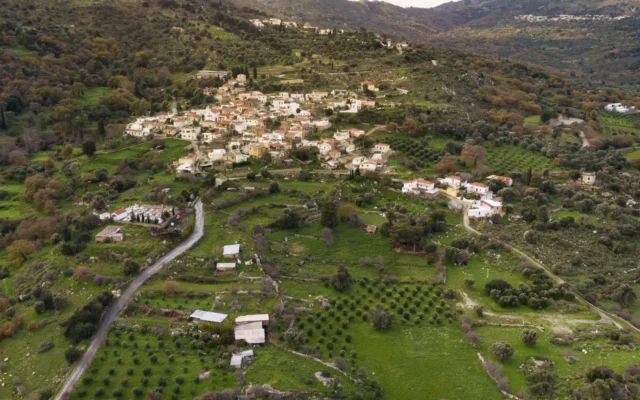
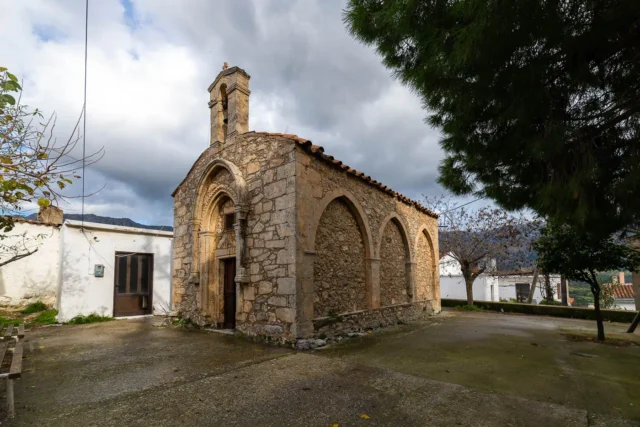
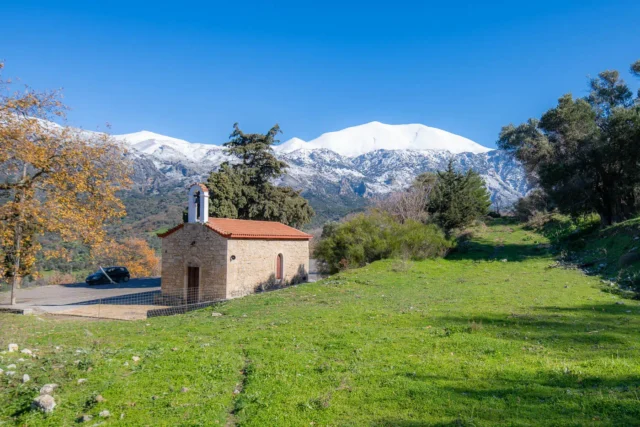
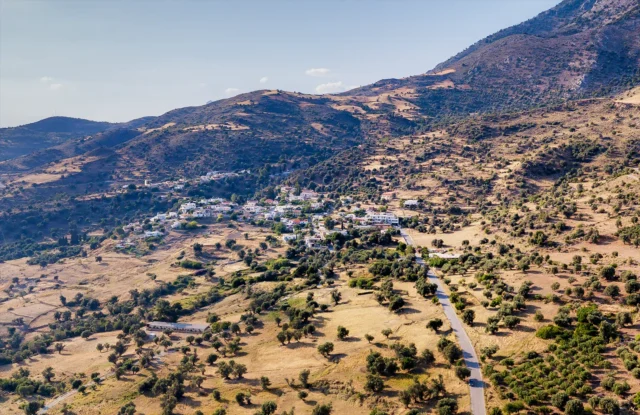
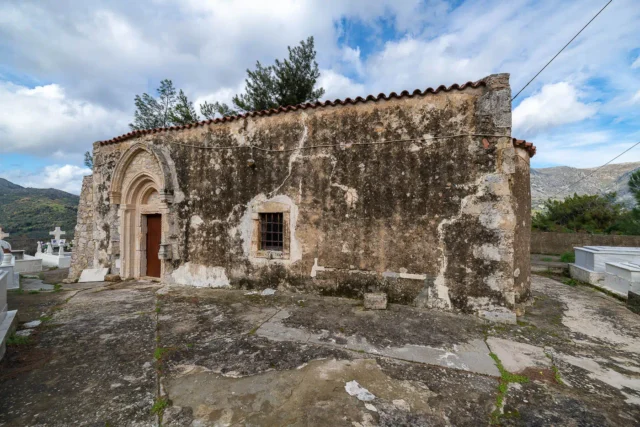
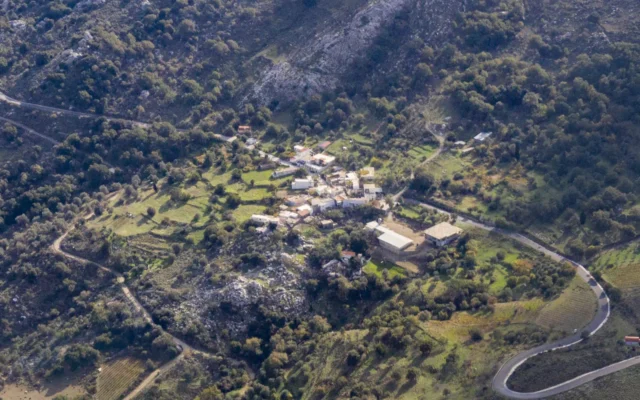
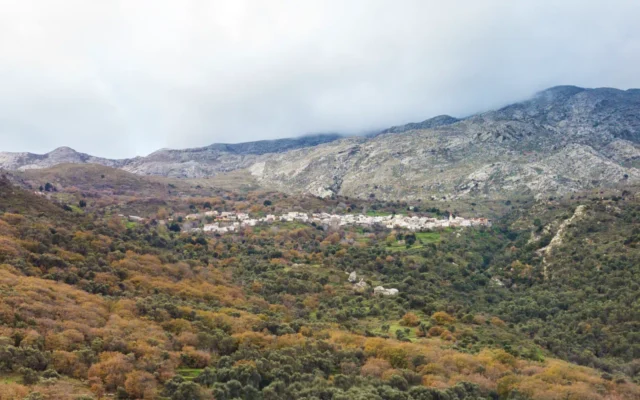
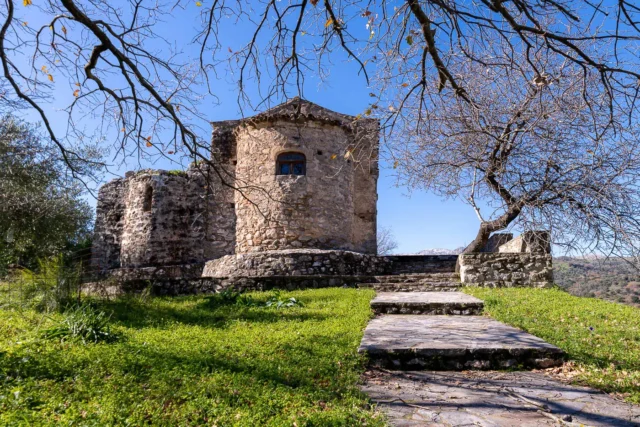

There are no comments yet.